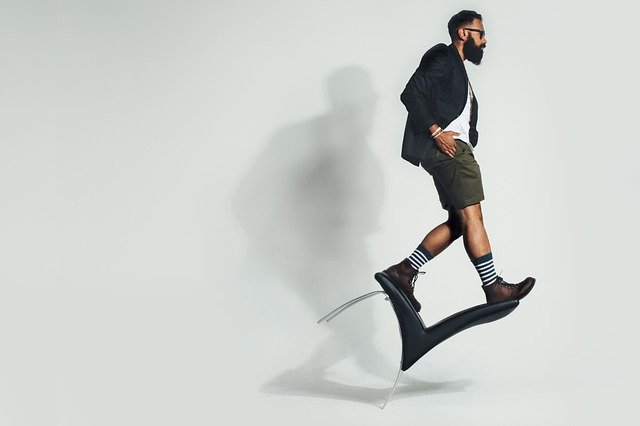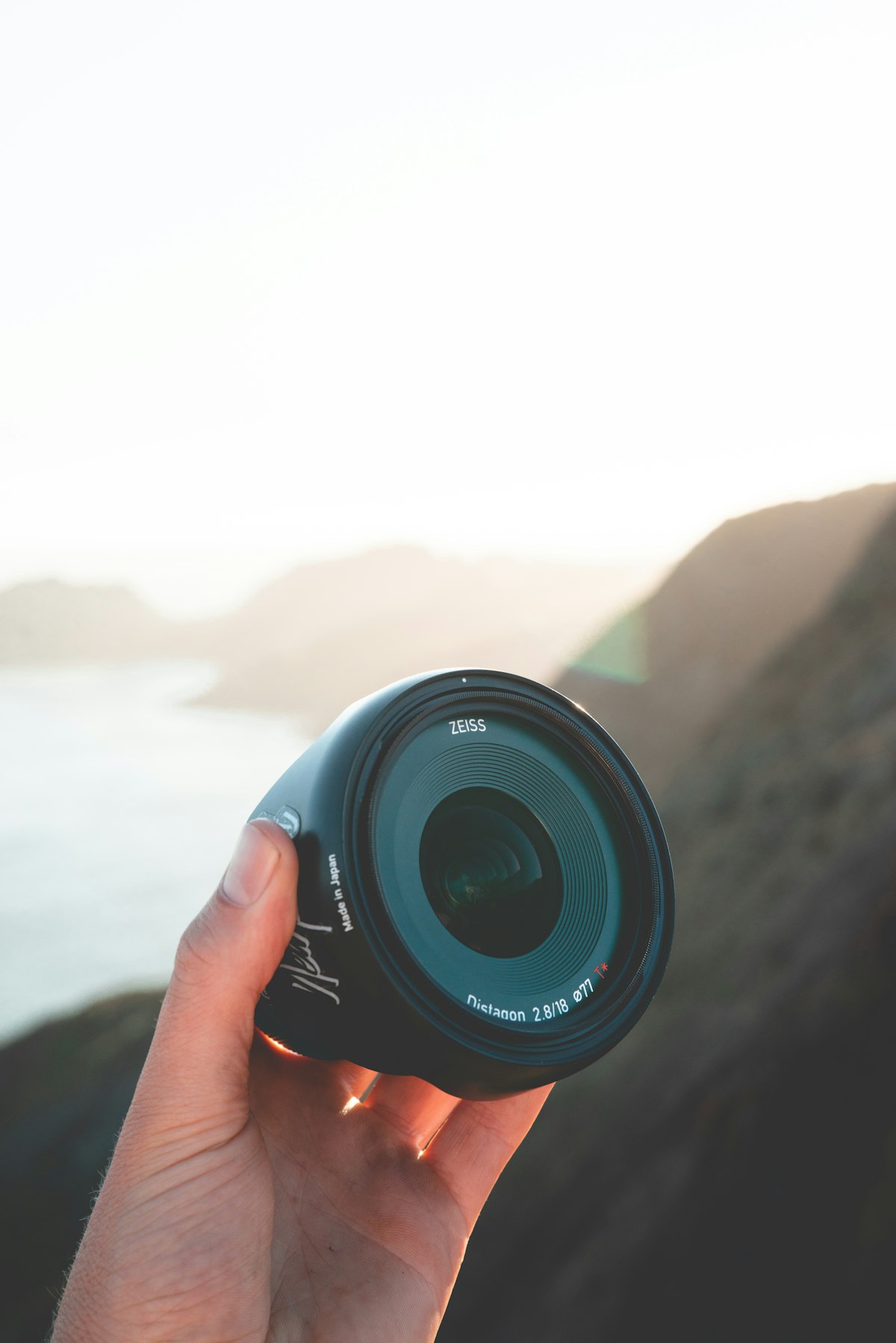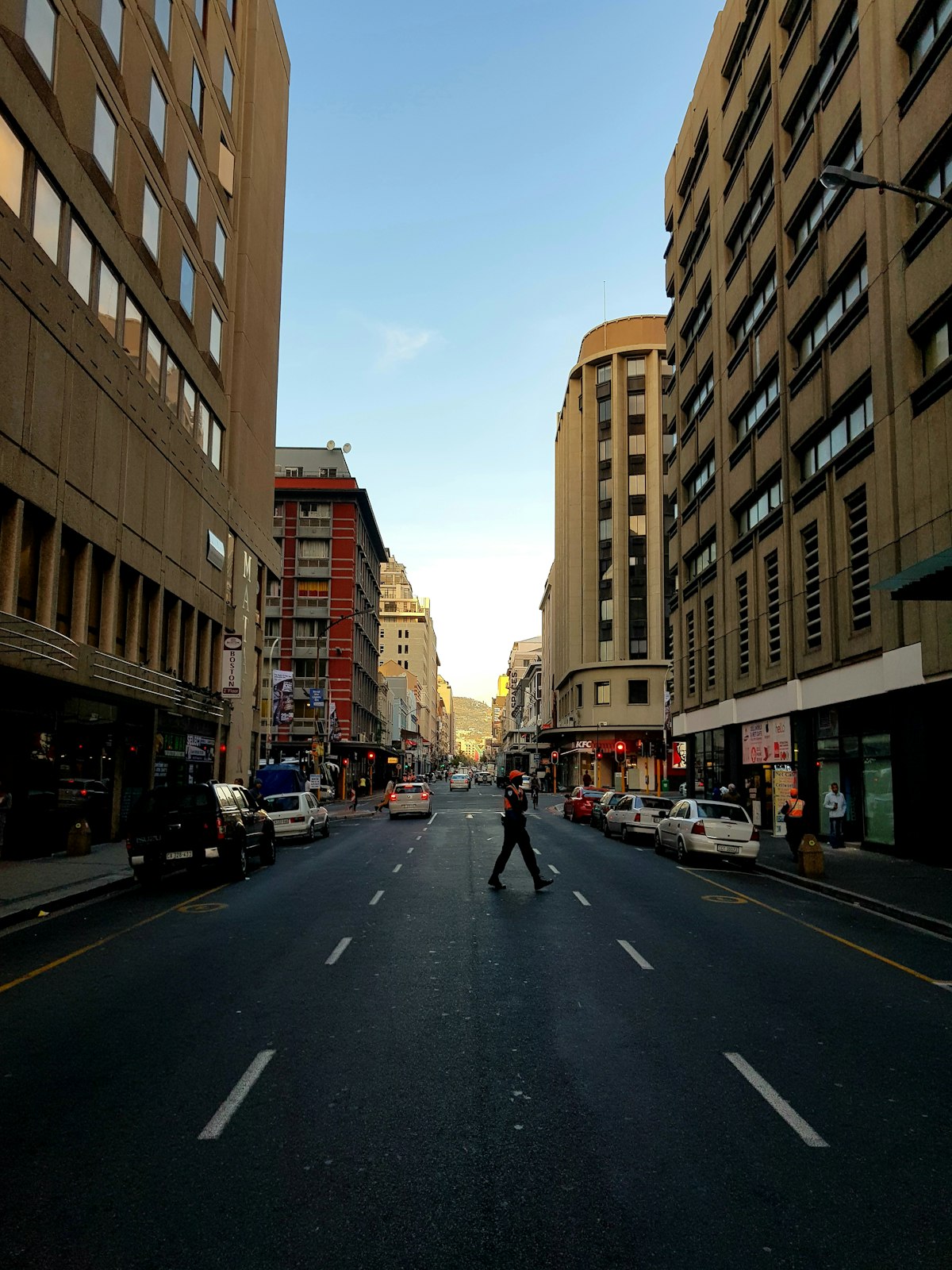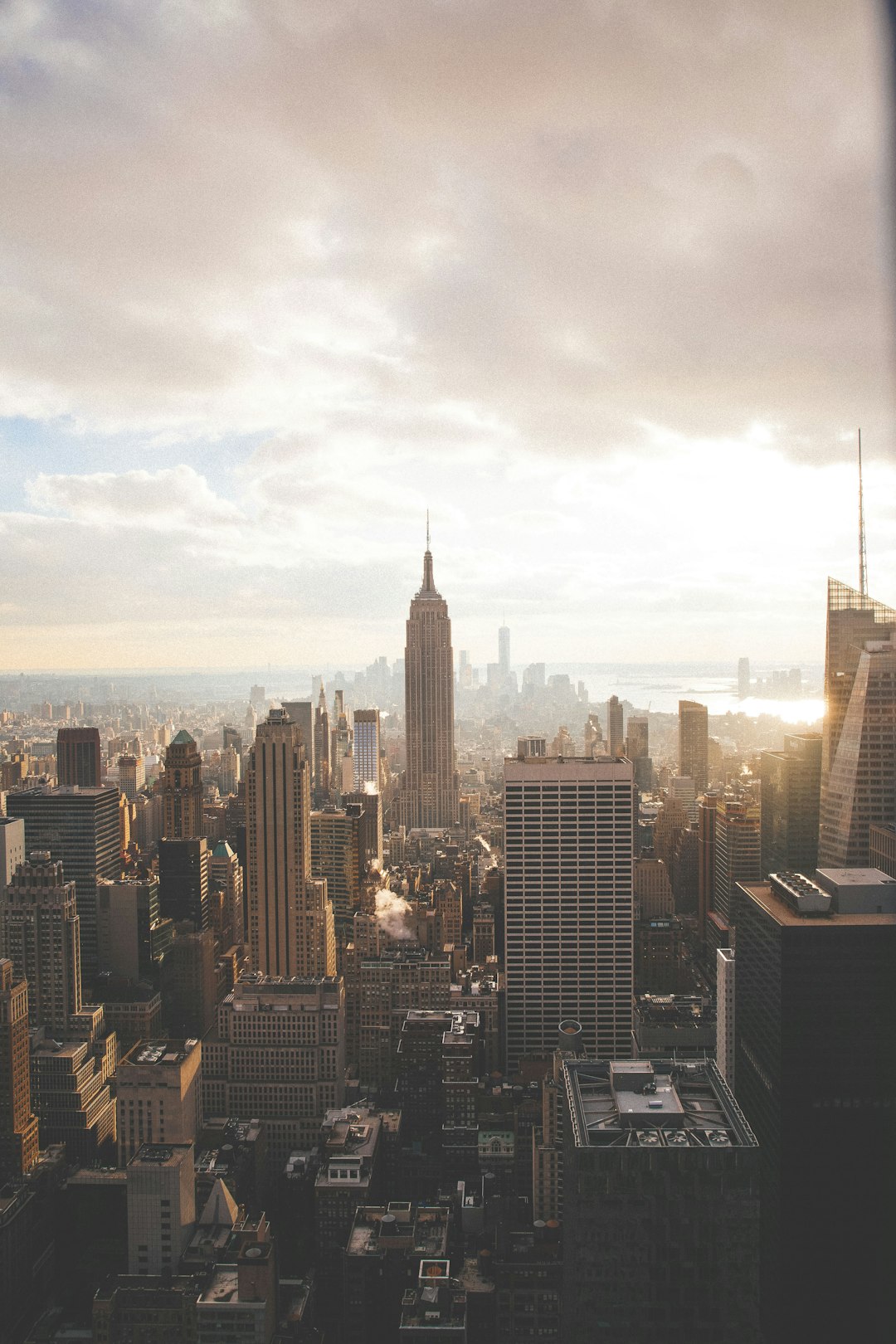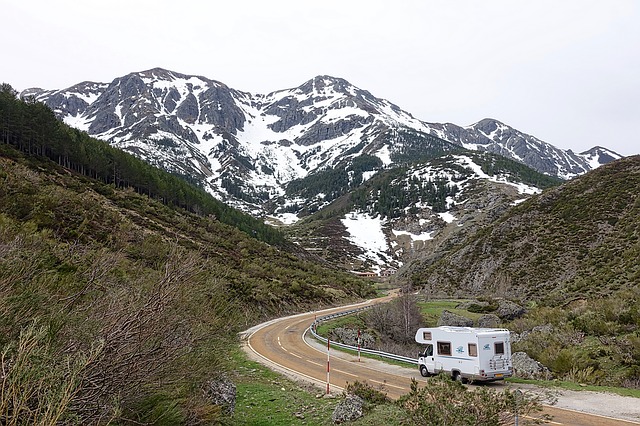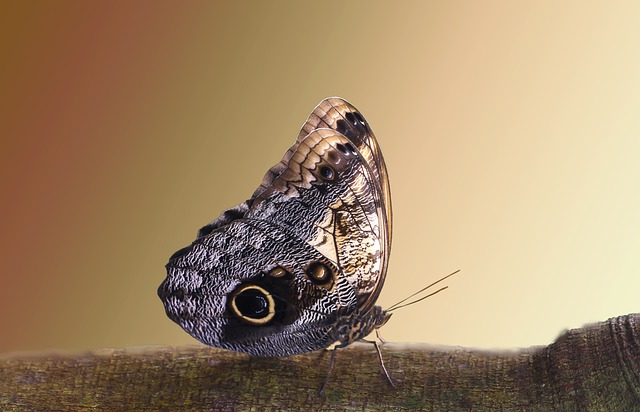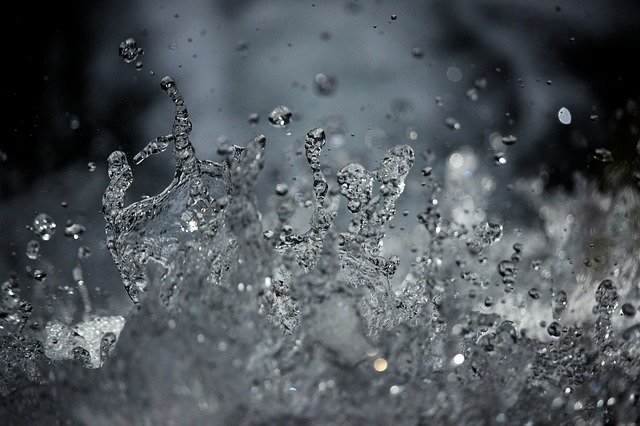
Photography is a wonderful way to capture the beauty of your surroundings. Being versed in proper photographic techniques can improve the quality of your photographs and even lead to a career in professional photography. This article discusses great ideas to take beautiful photos.
Experiment with different shutter speeds to see what works best for different scenarios. A moment in time can be captured by a photograph, and then grouped with others to show an expansive time period. To freeze moving objects, try out a fast shutter speed. A slower shutter speed will help to capture calm, natural scenes.
A very sunny day may seem perfect for photographs, but taking a picture in direct sunlight has many pitfalls. Direct sun will cast shadows and cause glares but it will cause highlights that are uneven and your subjects may squint. If you want to take photographs outdoors, it’s far better to do so just before sunrise or near sunset so that the sun’s light won’t interfere with your photograph.
A dSLR is an essential tool if you seek to take more professional photographs or to seriously embrace photography itself. A DSLR is a single-lens reflex camera that is digital. These cameras are superior when it comes to viewing your subject just as the image is shot. Preferably, you want a full-frame DSLR, which will provide the biggest image sensor and the most detailed photos.
When it comes to photography, framing is key. Make sure to not have distracting background items, but zoom in on your major focal point. This will unclutter the photograph as well as eliminating unnecessary focal points.
When choosing which of your photos to show others, choose the ones of which you are the most proud. Do not show every photograph you have ever taken or too many of the same subject matter. This will bore people and it is not a good way to showcase your photography skills. Look for ways to highlight different facets of your photographs as you inject each image with a fresh take.
Check out this tip! Make sure you understand the significance of shutter speeds. There are S, P, M,and A settings on your camera. The ‘P’ button will take you to the program mode. This setting is your automatic one. The shutter and aperture speed are automatically set up for your use. If you are unclear what settings you want to apply, just use “P” setting.
If your batteries are fully charged, you never risk missing the perfect shot. Using the LCD on a digital camera drains the batteries, so always ensure that the battery is fully charged before leaving the house. You should also carry spare batteries so that you can avoid missing a photograph opportunity.
When taking photos of people, your subject will stand out best against a background that is a little blurred. If your background isn’t blurred, it may draw the viewer’s eye to the background and away from the subject. Blur your background to keep it from detracting from your central subject.
If you are unable to develop your negatives often, make sure you have a memory card large enough to store all of your photos. If you have a large enough memory card, you can take as many pictures as you want without ever worrying about whether or not you will have enough room. Having a memory card with a large capacity allows you to experiment with different shots and analyze them later to see which techniques worked best for you.
Try to experiment with colors, angles and the different features of your camera. Your subject does not have to be original in order for your photo to be unique. Talented photographers can use their skills to bring out something interesting in even the most mundane of subjects. Play around to gain experience and build a style of your own.
When traveling, photograph your souvenirs as you purchase them. You might take a shot of the store, or photograph the item in its original setting. When you do this, you have a nice, ready-made way of sharing the story of your souvenir hunting expedition!
Traveling presents many opportunities for good photos. Be open for possibilities from the moment you begin your trip. You should keep your eyes peeled for interesting photos to take during your trip, no matter how photogenic you are expecting your destination to be. Do a photo journal of the journey; for example, the airport can offer a tremendous amount of inspiration for great pictures.
Be sure to keep informative notes of the photographs that you take. When you look at your hundreds of shot, it could be difficult to remember where they were taken or your feelings at that time. Use a notepad to write down photo descriptions as well as the file name or number of the photo.
Take a few pictures of vacation souveniers from your trips. You may take a photo of the store it was bought in or shoot the object with a unique background. In this way, you can re-live the experiences that tell the story of your trip and the mementos you chose to bring back home with you.
Try to get close to the subject you’re trying to photograph. Not doing so can result in photos that are too distant or blurred for any clarity. Make it easy for yourself and your viewers to see a subject clear and vividly.
External Flash
It’s possible to move the subject in your shots. They don’t need to be centralized. If possible, take a spectrum of shots from many angles including from above and below.
Digital cameras automatically adjust for low light situations by using flash components. While this may work for the average photo, you will need an external flash device for more professional photos with more light. Find out if your camera comes with a “hot shoe” attached to the top that will allow an external flash to be attached. If you are not familiar with cameras, consider going to a professional to ensure you have purchased an external unit that is compatible with your camera.
When working in low lighting conditions, many digital cameras have a built in flash feature that pops up automatically. This is fine for casual snapshots, but if you want more professional results, you need the wider lighting options you can get by using an external flash. Make sure that your camera is set up to support an external flash, and then go in a professional camera store to make sure you are buying one that will work with your camera.
ISO, shutter speed and aperture are important settings, and you may have to try different settings for the best results. These features will influence the exposure. Over- or underexposed pictures should be steered away from, unless this is the particular look you are seeking. By toying with these features, you can learn how they work together to achieve different looks.
Even though people think white is great to wear during a photograph, it is generally a bad decision. A lot of the time cameras are set on auto focus. Auto focus means the camera is going to try and get a reading on everything in what the camera is seeing. If you are wearing too much white, you can end up looking washed out in your photographs.
Take a deep breath, and try to remain as still as possible when pressing the shutter button. Alternatively, use a tripod and/or a shutter release cable. A slight movement is capable of completely ruining a shot. Catch yourself before you press the button: hold the camera still and wait to take a breath until after the shot is taken.
You might be looking for a dramatic photo where your subjects are covered with raindrops following a storm. Simulating rain is as easy as bringing a spray bottle to a shoot.
There are no big secrets to becoming a great photographer. Experience and persistence are both necessary. Luckily, with digital cameras, you can get lots of no-risk practice. You don’t necessarily have to develop every single picture, just keep what you like. Your eye for what constitutes a good image will improve over time.
When working with a digital camera, it is often tempting to switch to the lowest setting, so you can get additional pictures in memory before you download them; just make sure you know the print quality will suffer when doing this. The only time to use lower settings is when you know the images will only be displayed on your computer screen.
Take candid shots at a wedding to help warm yourself up while the guests prepare. You could even take some incredible shots by accident.
Toying with the focus can create a more interesting photograph. A lower f-stop means that the main subject will be shaply focused in contrast to a blurry background. This is a good technique to use when the subject is up close, such as in portraits. In contrast, increasing your f-stop setting will also increase the field depth and bring all elements of the photograph into focus in a more even manner. This can improve the scope and definition in landscape shots.
Understand how sharpness is distributed across your camera’s image sensor. Sharpness is usually found at the middle of images. Moving outward, towards the edges of your camera frame, distortion begins.
Filters work as extensions of your lenses. You can screw a filter right on the lens to get additional effects. UV filters are the most common filters. This type of filter will protect your lens from direct sunlight and it’s harmful UV rays. A filter can also help protect your camera lens if you accidently drop it.
Shutter Speeds
One of the most engaging type of photos is the action photo, such as a sporting event. When taking these types of photos, however, it is important to have the camera on the right setting. This can be accomplished by increasing the ISO setting on your camera, and it’s best to experiment a lot with this, until you get a feel for the right ISO setting for the effect you are after. This setting will create clearer photos of fast moving subjects.
Be creative with shutter speeds. Although the quickest shutter speeds are used to freeze a moment in time, consider what is possible with slower shutter speeds, such as 1/30. Do you see that cyclist zooming along the road? The result you get is that the cyclist is sharp but the background is horizontally streaked, expressing speed.
Learn how to optimize your camera flash. Don’t just turn it off and forget about it. Sometimes, too much light spoils a great photo. If you are taking photos in a low light setting, this is another situation when the flash should be turned back on.
Photographs of nature require special care in their approach. Do not litter or otherwise disturb the environment you are capturing, and truly respect the beauty you have found. If you find a good spot to take great pictures, maintain the pristine condition of the location for the next person that comes along.
Get closer. What you want a shot to be framed, try to zoom in close to it. The main subject should fill the entire frame of your picture. The background creates a distraction from your subject: use it with care. Details are more apparent and inviting when subjects are close.
Sometimes, the available lighting just won’t cooperate when you are trying to get a landscape shot. You may not be able to find a better place. How can you compensate for this? You may want to utilize gradient filters in photographic programs, such as Photoshop, in order to correct lighting imbalances.
Learn to properly hold your camera when shooting in photography. If you fail to follow this tip, blurry pictures can be the result. Hold your arms close against your body, and use your non-dominant hand to support the lens.
Have a plan of execution in mind before you take your picture. Take some time to write ideas and notes that you could use for shooting better photos. As with any form of art, it’s all in the details and execution of a concept or idea. You’ll find that your work is more successful if you undertake such an approach.
Understand your flash range when in the dark. If you do not know how long the range is and take a photo, things may be dark in your photo. Try testing the flash and taking photos in the dark outside.
You are now a fresh student in the vast school of photography, but what comes next is vital. It is time to start showing the world what you are capable of and honing your individual technique at the same time! You might even become a photographer to bring other people wonderful memories.
While only one in every twenty or so shots will be really stellar, don’t get rid of any photos you take. Put your best shots inside a portfolio so you can see how much you have progressed.
Hopefully after reading all of the information here, you know all you need to know about Gopro Accessories, pure cotton down alternative pillow
Hospital mattress protector
mattress and box spring covers. You can get started as soon as today, if you take this information and work with it. Read more expert advice to ensure you know as much as possible. You should have all of the knowledge you need.
